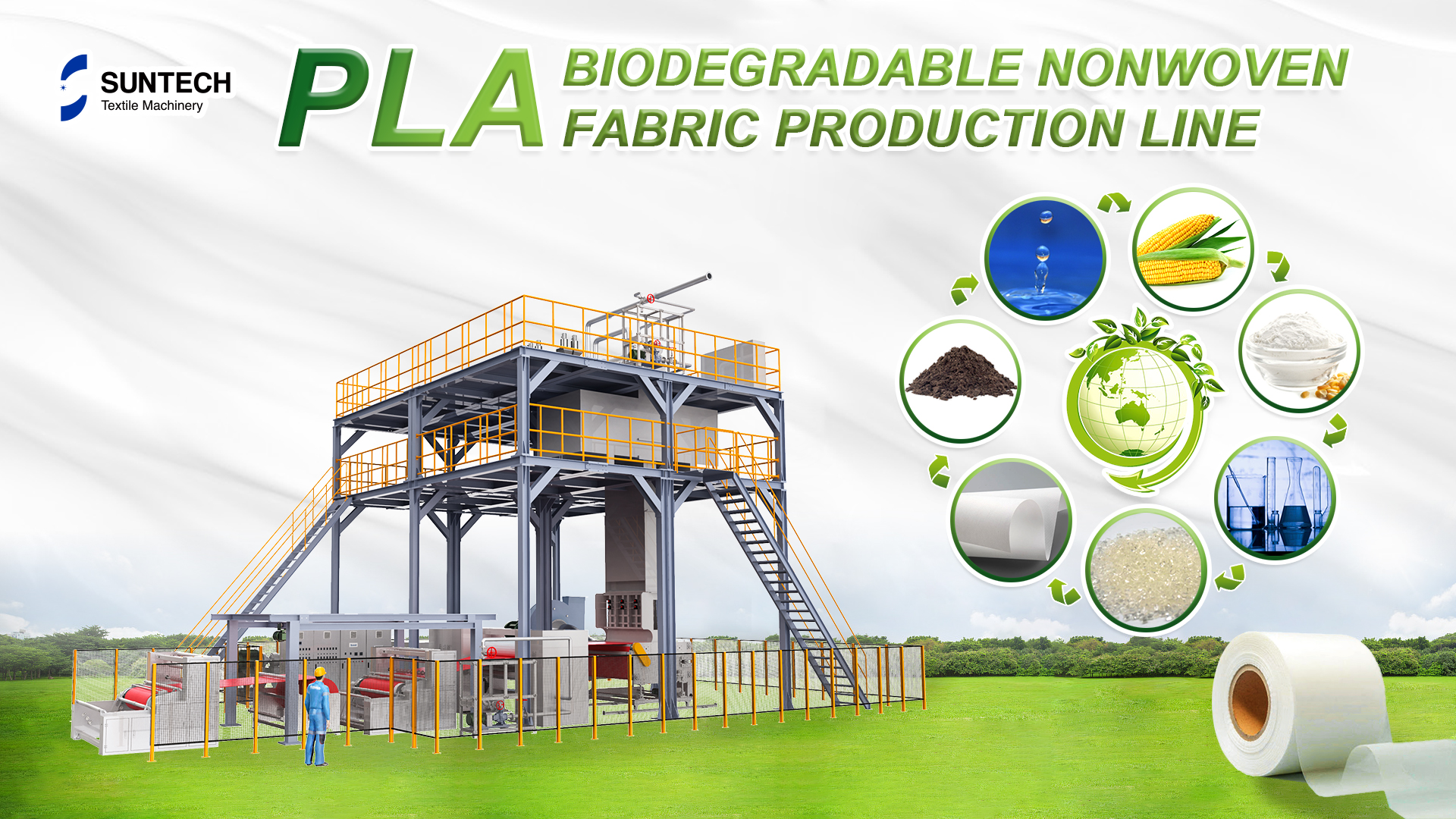With the development of the global economy, more and more people have begun to pay attention to environmental protection awareness, and countries around the world have successively issued plastic restrictions.
In May 2019, the "EU plastic ban order" officially came into effect, stipulating that the use of disposable plastic products with substitutes, such as plastic straws, disposable tableware and cotton swabs, will be prohibited by 2021. Member states need to achieve the goal of recycling 90% of beverage bottles by 2029.
In response to the plastic restriction order, countries have begun to look for suitable materials to replace the original plastic materials. The development of non-woven materials can greatly reduce the use of corresponding plastic products, especially for shopping bags, more and more countries have begun to use non-woven bags to replace plastic bags.With the increase in the use of non-woven fabrics, the development of non woven machine is promoted.
Nonwovens are single-use, limited-life or very durable engineered fabrics. Non-woven fabrics provide specific functions such as water absorption, liquid repellency, resilience, stretchability, softness, strength, flame retardancy, washability, cushioning, thermal insulation, sound insulation, filtration, bacteria Barrier and sterility.
These properties are often combined to create fabrics that are suitable for specific jobs, while achieving a good balance between product longevity and cost. They can mimic the look, texture and strength of woven fabrics and can be as bulky as the thickest padding.
They are used in combination with other materials to provide a range of products with different properties that can be used alone or as part of apparel, homewares, healthcare, engineering, industrial and consumer products. In the manufacture of nonwovens, some traditional textile operations such as carding, stretching, roving, spinning, weaving or knitting are partially or completely eliminated.
For this reason, fiber selection is very important to nonwoven manufacturers. Commonly used fibers include natural fibers (cotton, jute, linen, wool), synthetic fibers (polyester (PES), polypropylene (PP), polyamide, rayon), specialty fibers (glass, carbon, nanofibers, duplexes) points, super absorbent fibers)).
According to different manufacturing processes, different types of non-woven fabrics are produced, and the characteristics of the fabric are also different, including different types of non-woven fabrics such as spunbond, meltblown, spunmelt, spunlace, and needle punch.
Among them, spunbond nonwovens consist of continuous filaments produced by an integrated fiber spinning, web forming and bonding process. Since it eliminates intermediate steps, it is the shortest textile route from polymer to fabric in one stage and offers the opportunity to increase production and reduce costs.
Currently, it holds the largest share in various technologies for non-woven manufacturing and is used in different fields such as diapers and incontinence products, automotive, geotextiles, civil engineering, medical and packaging industry.
Therefore, the development of non-woven fabrics can promote the reform of raw materials in different industries, which will gradually reduce the use of plastic products, and now the non-woven fabric industry itself is constantly undergoing changes, from the original use of PP as a raw material to the use of PLA, etc. Biodegradable materials are used as raw materials to promote their environmental protection changes. PLA spunbond nonwoven 100% coming from nature &100% biodegradable, eco-friendly, high mechanical strength, non-toxic, antibacterial and breathable.

Suntech PLA nonwoven fabric production line.




